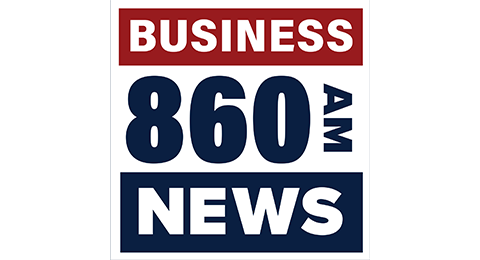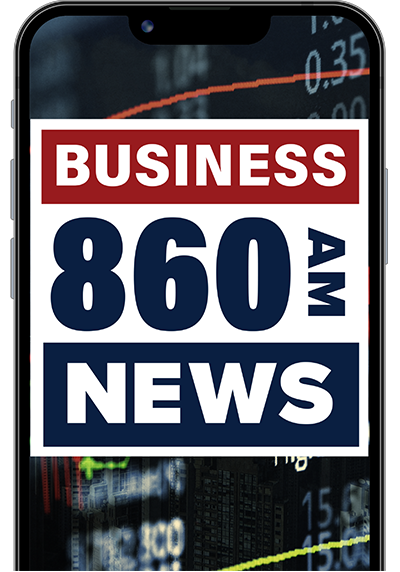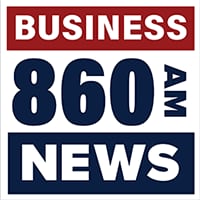NEW YORK — Consumer prices rose 2.5% in August compared to a year ago, slowing more than expected and delivering welcome news for the Federal Reserve, days before a widely expected interest rate cut.
Inflation cooled significantly from a year-over-year rate of 2.9% recorded in the previous month.
Price increases have fallen from a peak in 2022, but inflation remains higher than the Federal Reserve’s target rate of 2%.
The chances of an interest rate cut at the Fed’s meeting next week are all but certain, according to the CME FedWatch Tool, a measure of market sentiment. Market observers are divided over whether the Fed will impose its typical cut of a quarter of a percentage point, or opt for a larger half-point cut.
So far this year, the job market has slowed alongside cooling inflation. That trend was underscored last week by a weaker-than-expected jobs report, though employers added a solid 142,000 jobs. The unemployment rate has ticked up this year from 3.7% to 4.2%.
The Fed is guided by a dual mandate to keep inflation under control and maximize employment. In theory, low interest rates help stimulate economic activity and boost employment, while high interest rates slow economic performance and ease inflation.
Recent trends have shifted the Fed's focus away from controlling inflation and toward ensuring a healthy job market.
Speaking at an annual gathering in Jackson Hole, Wyoming last month, Fed Chair Jerome Powell said the "time has come" for the Fed to adjust its interest rate policy.
At previous meetings, Powell said the Fed needed to be confident that inflation had begun moving sustainably downward to its target rate of 2% before instituting rate cuts. Last month, Powell appeared to indicate that the Fed had achieved that objective.
"My confidence has grown that inflation is on a sustainable path down to 2%," Powell said.
Since last year, the Federal Reserve has held interest rates at their highest level in more than two decades. High borrowing costs for everything from mortgages to credit card loans have helped slow the economy and lower inflation, but the policy risks tipping the U.S. into a recession.
Last month, Goldman Sachs economists raised the probability of a U.S. recession in the next year from 15% to 25%. However, economists disagree about whether current economic conditions warrant serious concern.
Copyright © 2024, ABC Audio. All rights reserved.






